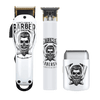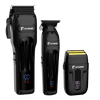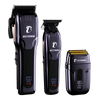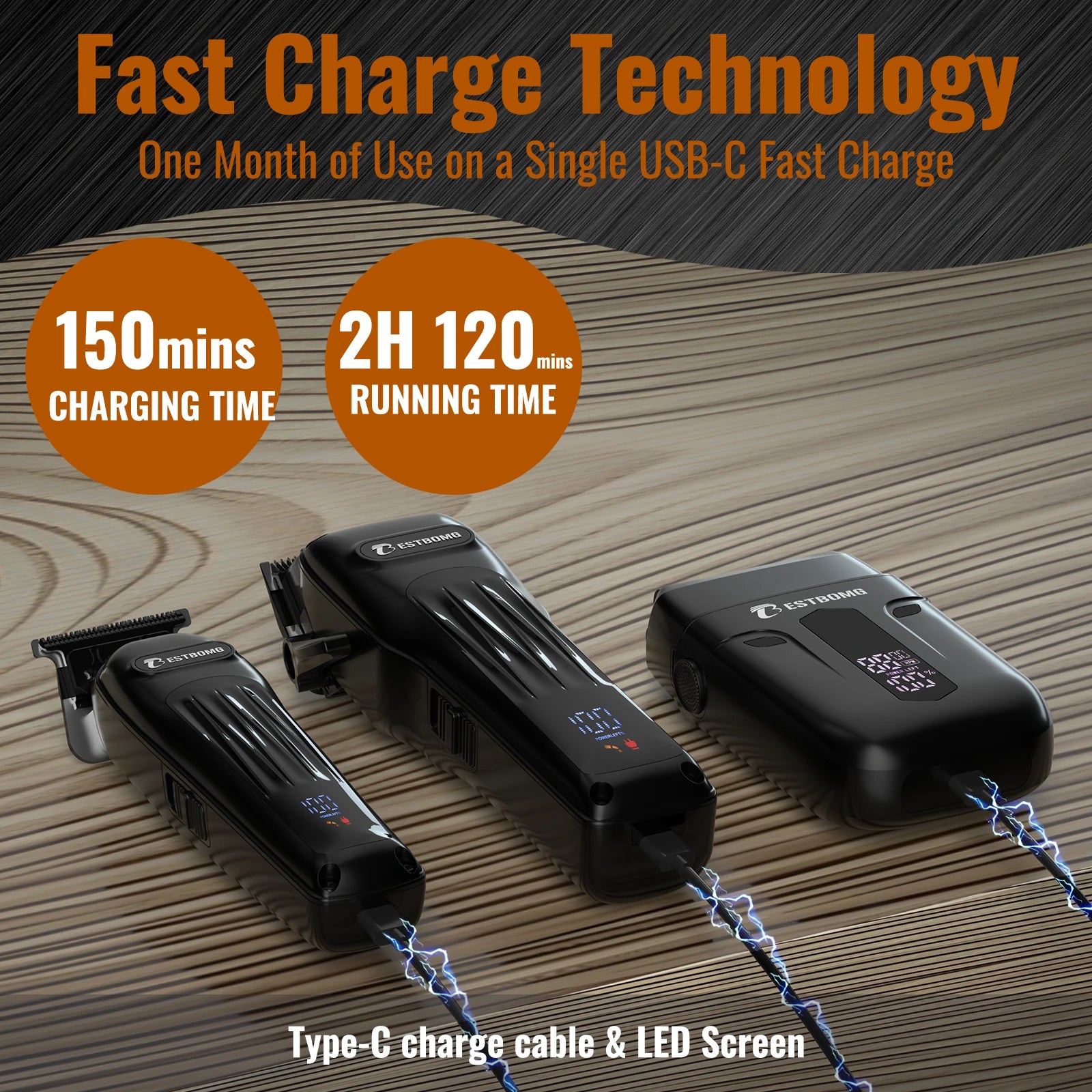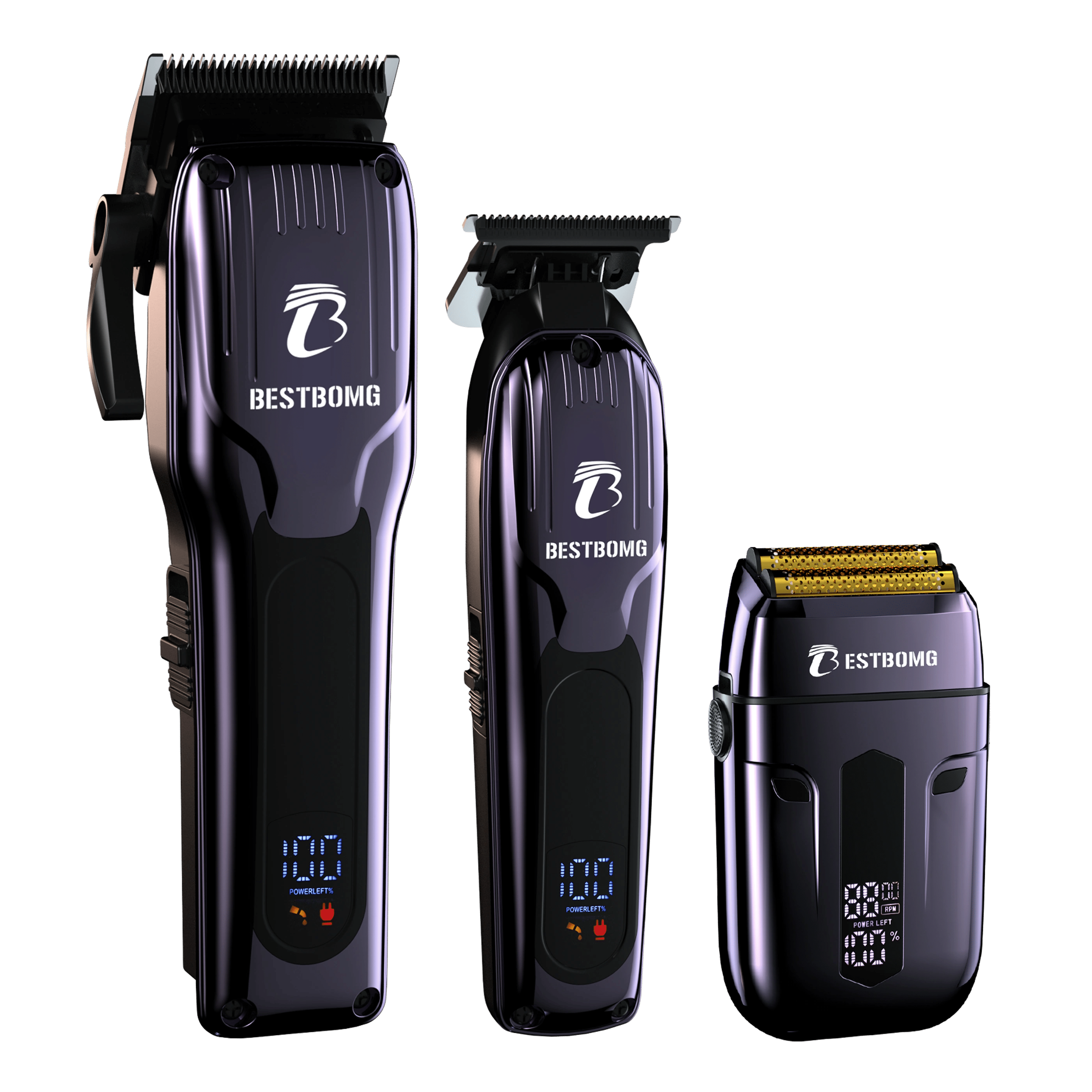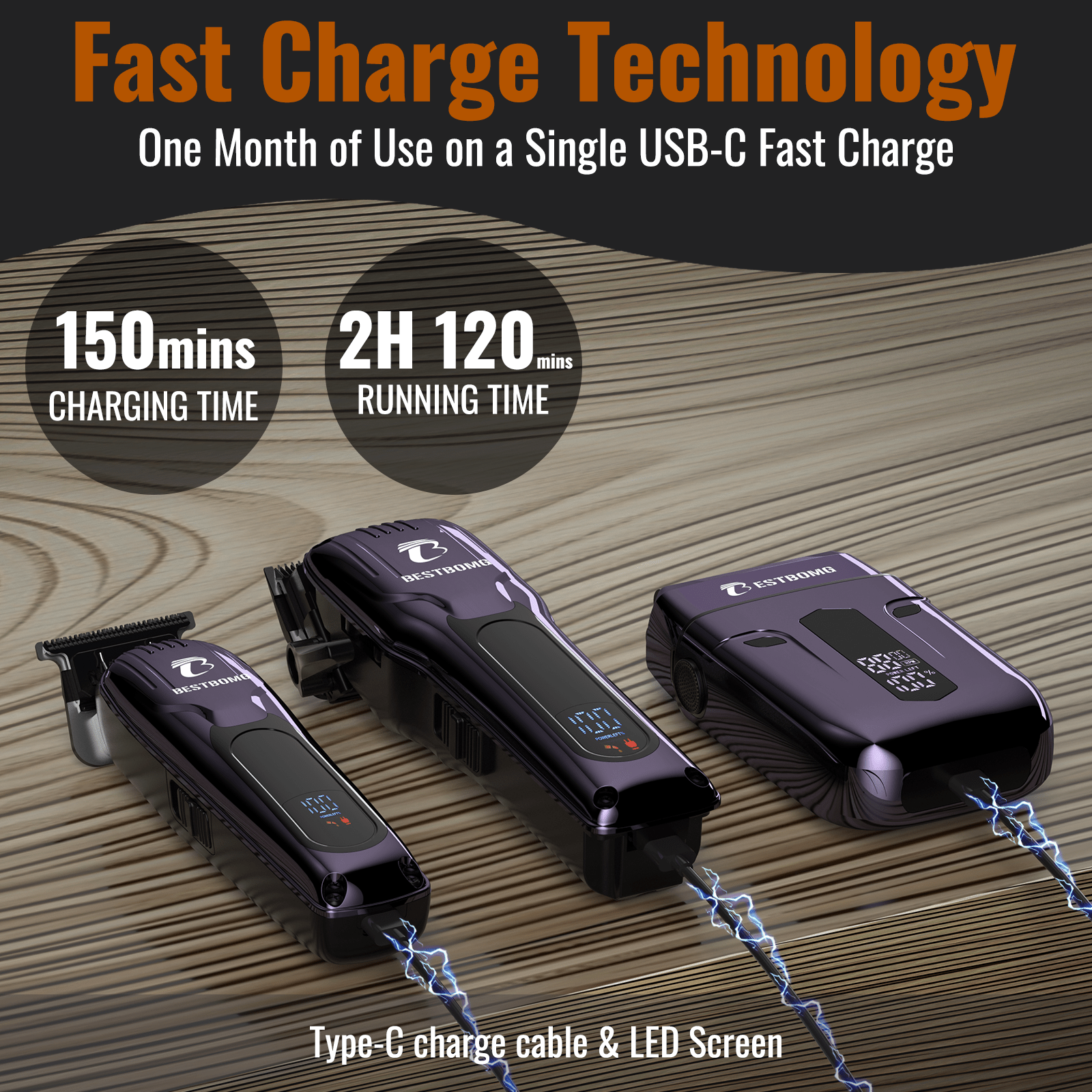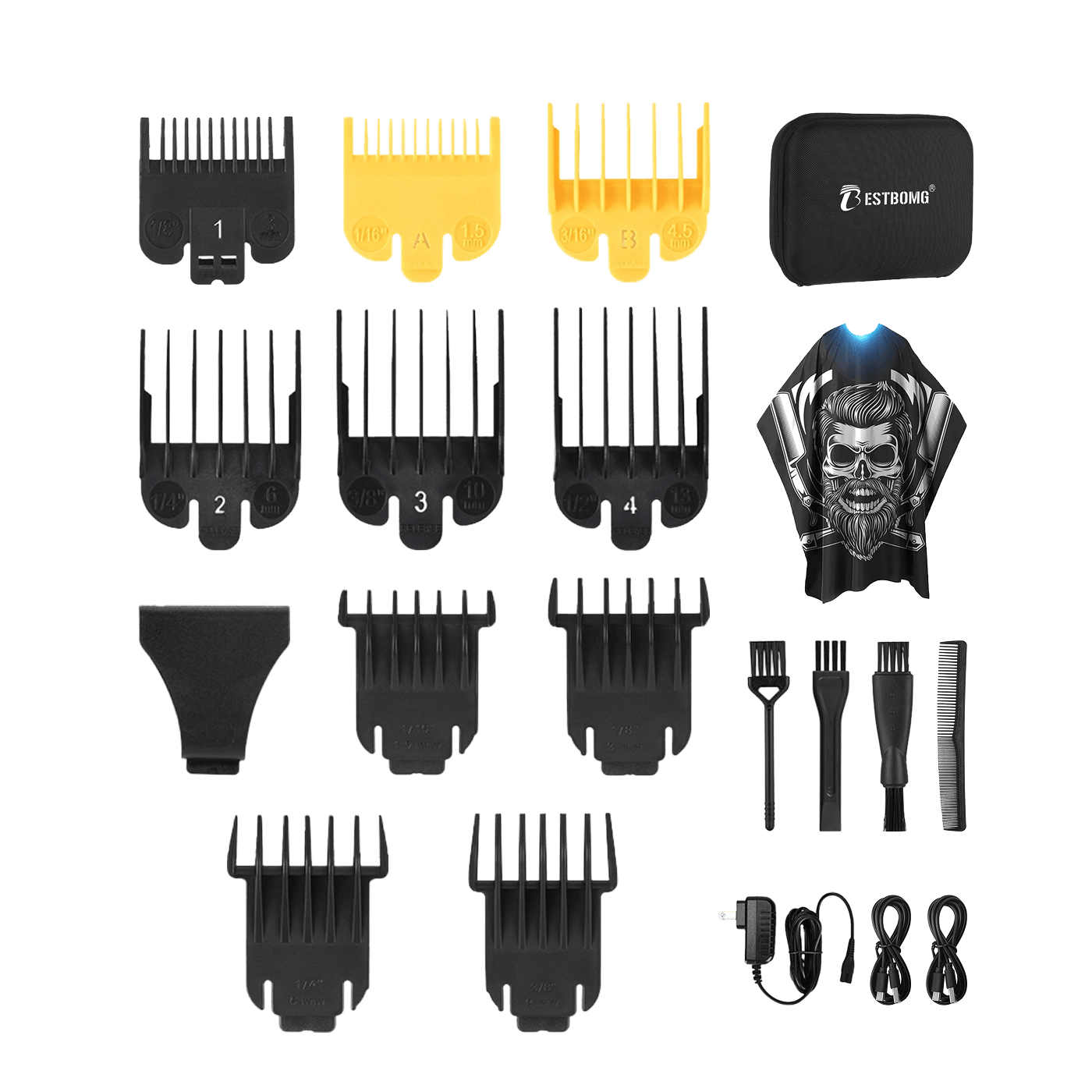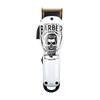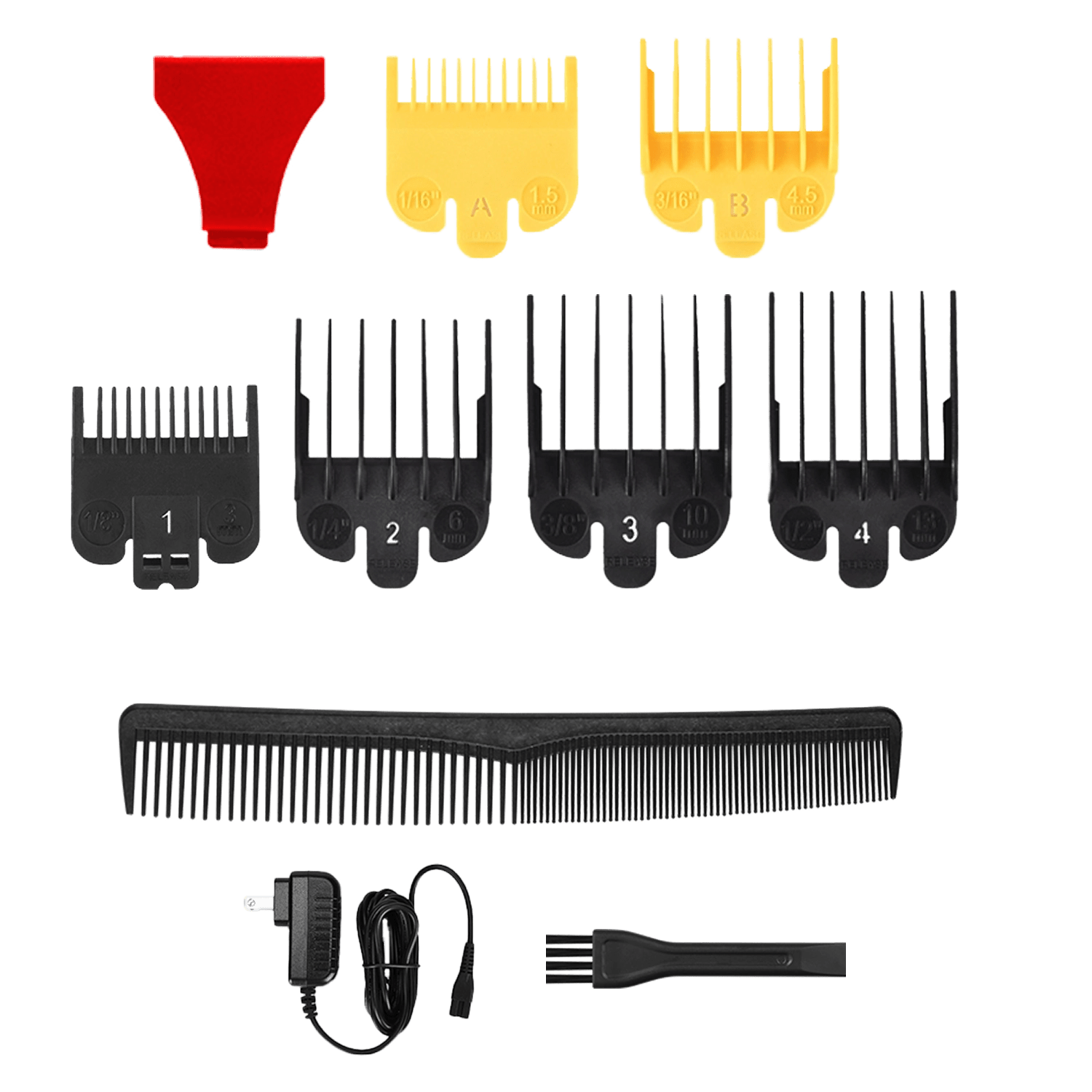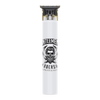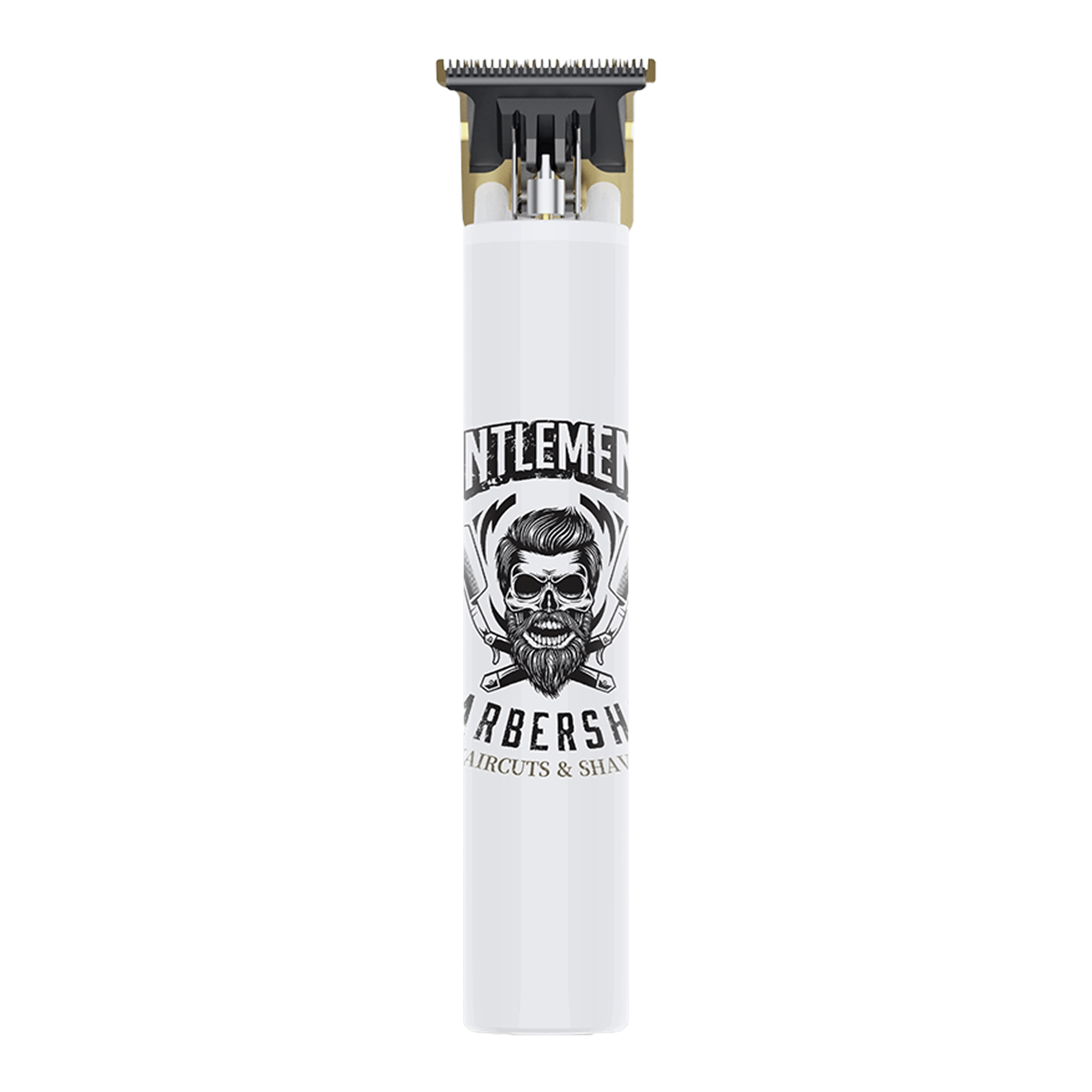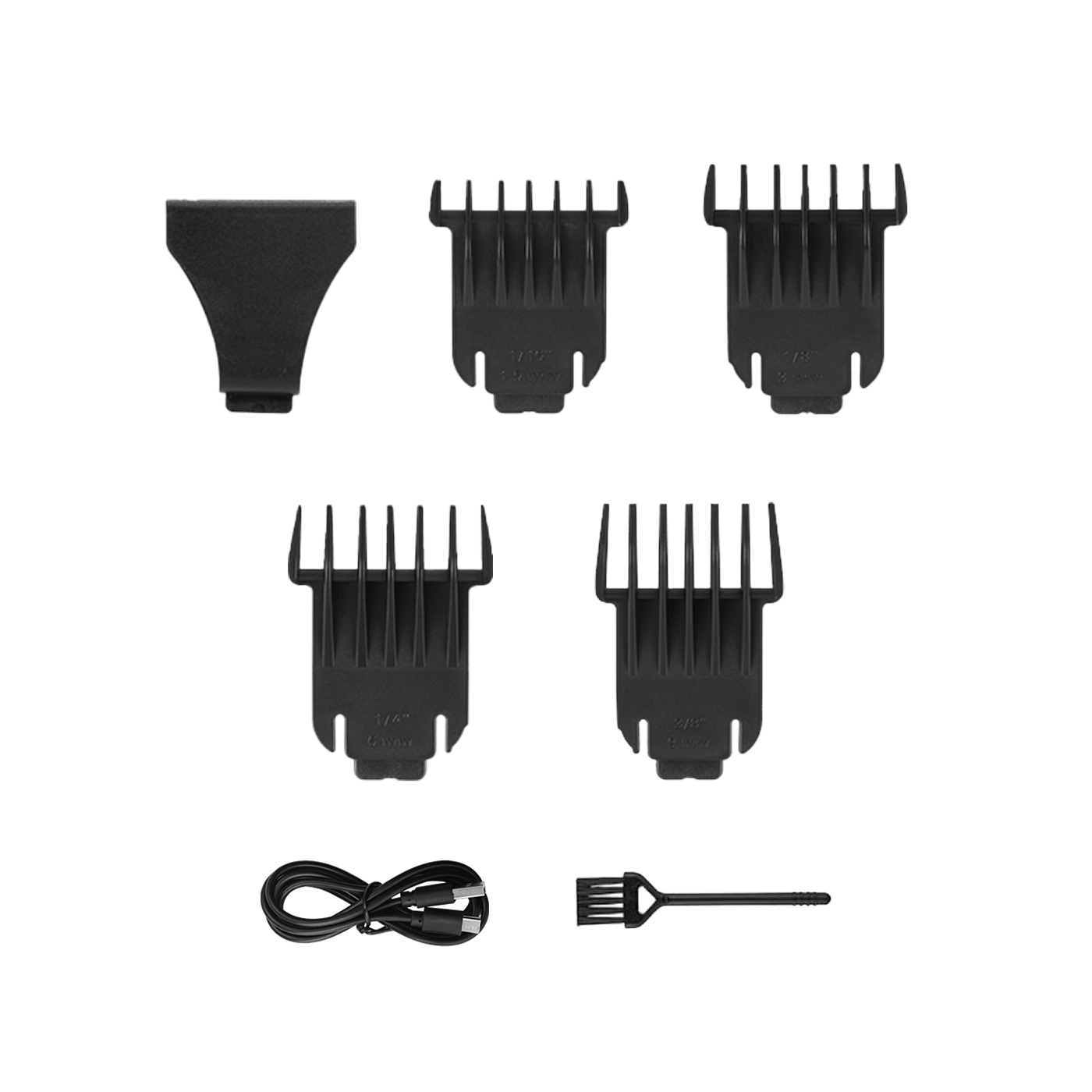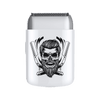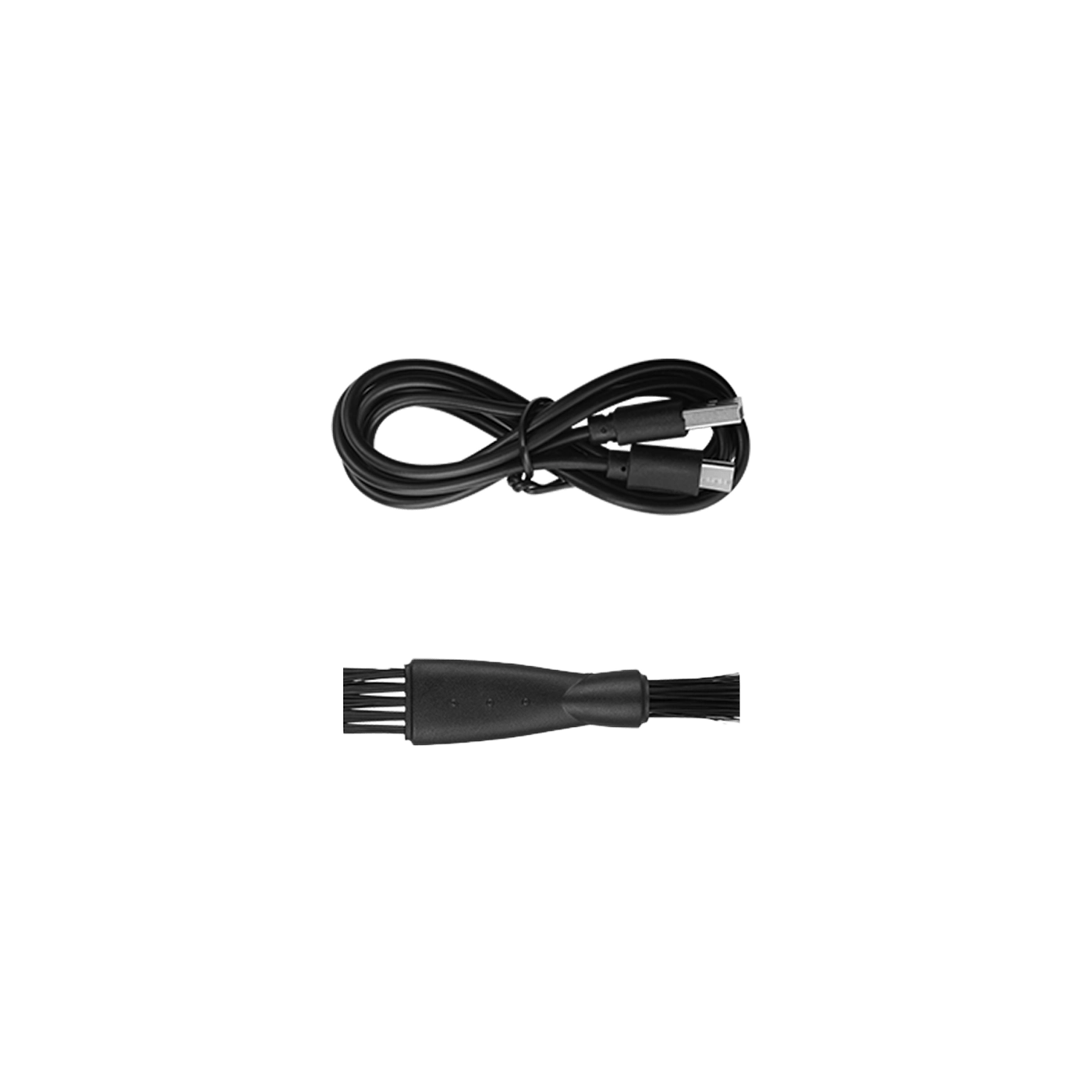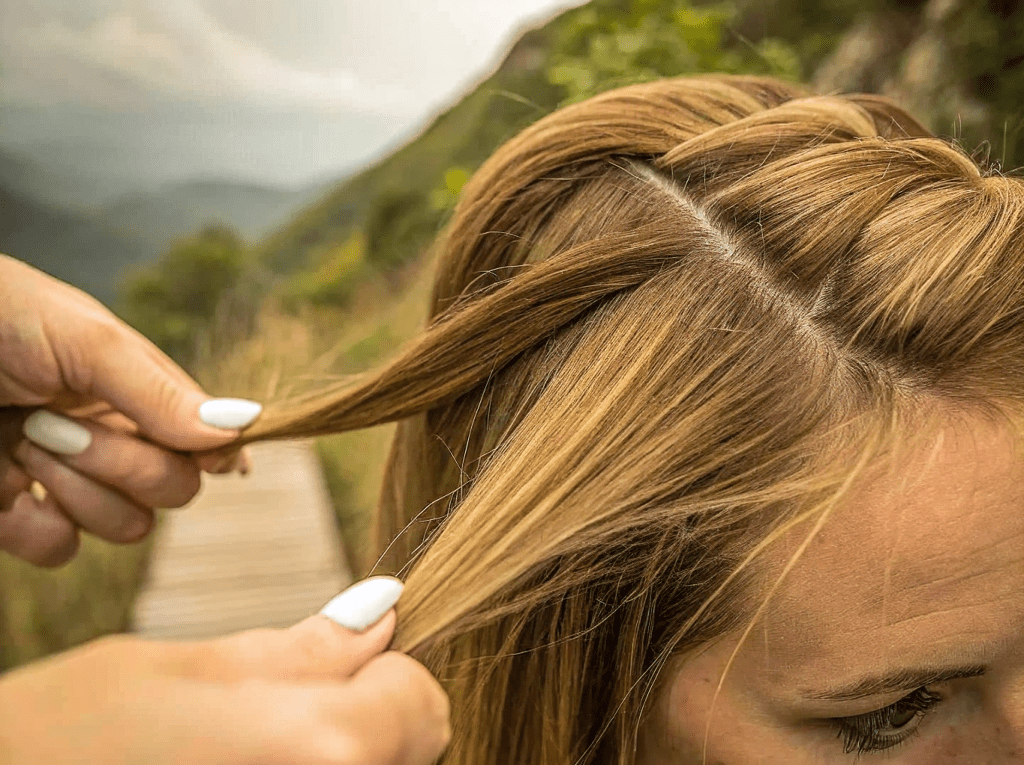Whether you’re styling, coloring, or cutting your hair, understanding hair sections is crucial. Hair naturally separates into different areas, and knowing how to work with these sections makes grooming easier, more precise, and professional-looking.
In this guide, we’ll explore what hair sections are, why hair separates, the different section names, and how to use this knowledge for cutting and styling at home. Whether you’re a beginner or looking to refine your technique, this article has everything you need to know about hair sections.
What Are Hair Sections?
Hair sections are parts of your hair separated to make cutting, styling, or coloring easier. Working in sections ensures:
- Precision: Focus on smaller areas for even results.
- Efficiency: Manage hair systematically without missing strands.
- Consistency: Each section is treated evenly, reducing mistakes.
Tools like hair clips, combs, scissors, and hair clippers help keep sections organized.
Why Hair Separates Into Sections
Hair naturally separates due to growth patterns, texture, and thickness:
- Natural Parting: Hair grows in directions that form visible parts or cowlicks.
- Thickness & Density: Heavy hair often clumps into sections.
- Styling Habits: Frequent braiding or ponytails reinforce natural separation.
- Hair Health: Split ends or dryness can cause hair to group into sections.
Understanding this helps you work with your hair rather than forcing it flat.
Common Sections of Hair
Knowing the main sections helps in cutting or styling evenly:
- Top / Crown: The highest point of the head; important for layers and volume.
- Front / Fringe: Hair framing the forehead; often styled into bangs.
- Sides: Hair along the temples and ears; blends with top and back.
- Back / Nape: Hair from crown to neck; key for undercuts or clean lines.
These sections guide proper trimming, layering, and styling.
Tools Needed for Sectioning

Using the right tools makes sectioning easier and more precise:
- Hair Clips: Hold sections securely while cutting or styling.
- Tail Comb: Creates clean partings and smooths hair.
- Hair Ties / Elastics: Useful for braiding or separating hair during treatments.
- Scissors & Hair Clippers: Essential for trimming sections evenly; check hair-cutting kits for all-in-one solutions.
What Are Hair Sections?
Hair sections are divisions of the hair used to manage and organize hair during styling, cutting, or coloring. By breaking the hair into manageable parts, you can work more efficiently and achieve uniform results.
- Purpose: Sections help you focus on smaller areas for precision.
- Common Uses: Haircuts, layering, braiding, highlights, coloring, and blow-drying.
- Tools Needed: Hair clips, combs, scissors, and clippers.
Correct sectioning ensures that each part of your hair is treated evenly, avoiding uneven lengths or missed strands.
Why Does Hair Separate Into Sections?
Hair separates naturally due to its growth pattern, texture, and volume. Some common reasons hair sections occur include:
- Natural parting: Hair grows in specific directions, creating natural parts or cowlicks.
- Thickness and density: Thick hair often separates into chunks due to weight.
- Styling habits: Frequent braiding, ponytails, or heat styling can reinforce natural sectioning.
- Hair health: Split ends or dryness may make hair clump together in sections.
Understanding why hair separates helps you work with it rather than against it, reducing frustration during grooming.
Sections of Hair Names
Hair is divided into several sections for more structured cutting or styling. The main sections include:
- Top Section: Also called the crown or vertex, this area includes the top of your head. It’s important for layering and volume.
- Front Section / Fringe: Hair that frames the forehead. Often styled into bangs or front layers.
- Sides: Hair along the temples and ears. It usually blends into the top and back.
- Back Section: Hair from the crown to the nape of the neck. This area often determines the length and shape of a haircut.
- Nape Section: The very bottom part of the hair at the back of the neck. Crucial for clean lines in cuts like undercuts.
Knowing these sections allows stylists and beginners alike to create balanced hairstyles with accurate layers.
Types of Hair Sectioning

Sectioning techniques depend on the purpose of your hairstyle. Common types include:
- Four-Section Parting: Divides hair into top, bottom, left, and right. Great for basic haircuts and coloring.
- Six-Section Parting: Adds more precision by dividing the crown and sides into smaller areas. Useful for layered cuts.
- Radial Parting: Sections radiate from a central point, often used for blowouts and curls.
- Diagonal Parting: Helps add texture or layers and is ideal for angled haircuts.
Each method allows for better control and professional-quality results.
Tools for Sectioning Hair
To achieve clean and even sections, you’ll need the right tools:
- Hair Clips: Essential for holding sections in place while cutting or styling.
- Tail Comb: Helps create precise partings and smooth sections.
- Hair Ties / Elastics: Useful for braiding or separating hair during chemical treatments.
- Clippers and Scissors: Hair clippers and hair-cutting kits are necessary for trimming sections evenly.
Using proper tools reduces mistakes and speeds up your grooming process.
How to Section Hair for Cutting
Proper sectioning is key for clean haircuts. Follow these steps:
- Start with clean, damp hair: Hair is easier to manage and comb when slightly wet.
- Determine your sections: Use four-section or six-section parting based on your haircut style.
- Clip each section: Secure sections with hair clips to keep hair out of the way.
- Trim systematically: Start from the bottom sections and work your way up.
- Check symmetry: Regularly compare sides to maintain balance.
Correct sectioning ensures an even cut and avoids missed areas.
How to Section Hair for Styling
Hair sections make styling faster and more effective:
- Blow-drying: Divide hair into top, sides, and back for smooth results.
- Curling / Straightening: Smaller sections help you reach every strand evenly.
- Updos: Sectioning allows for controlled braids, buns, or twists.
Always release sections gradually to ensure a polished, finished look.
Common Mistakes When Sectioning Hair

- Too large sections: Can make it difficult to manage and lead to uneven cuts.
- Uneven parting: Sections should be symmetrical to avoid asymmetrical results.
- Skipping clips: Hair can fall back into the working area, creating inconsistencies.
- Ignoring hair texture: Fine hair may require more sections, while thick hair may need fewer but larger sections.
Avoiding these mistakes helps maintain a professional finish at home.
Advanced Sectioning Techniques
For professional-level results, consider:
- Pivoting Sections: Rotate sections as you cut or style for better layering.
- Diagonal Sectioning: Adds movement and dimension.
- Multiple Layered Sections: Separate hair by length to create blended layers.
- Color Sectioning: Part hair strategically for highlights, lowlights, or balayage.
Mastering advanced sectioning allows you to achieve salon-quality haircuts and hairstyles at home.
Hair Sections for Different Hair Types
- Straight Hair: Easier to section; clean lines are simple to maintain.
- Curly Hair: Sections need extra care to avoid tangling. Work in smaller sections.
- Thick Hair: Larger sections may be manageable, but keep hair clipped to avoid bulk.
- Thin Hair: Smaller sections allow precise layering without overcutting.
Adjust your sectioning technique based on hair type for the best results.
Maintaining Hair Sections Between Haircuts
- Regular trims: Prevent sections from growing unevenly.
- Daily combing: Keeps hair aligned and reduces tangles.
- Protective styling: Braids or buns maintain section integrity.
- Moisturize and detangle: Especially important for curly or thick hair to prevent clumping.
Proper care prolongs the benefits of sectioning and improves overall hair health.
Tools and Products for Best Results

- Hair-Cutting Kits: Hair-cutting kits include scissors, combs, and clips for efficient sectioning and trimming.
- Beard Trimmers: Useful for precise edges around sideburns or neckline.
- Hair Clippers: Hair clippers simplify trimming large sections evenly.
- Heat Tools: Sectioning helps achieve professional results with flat irons or curling wands.
Using the right products ensures consistent results every time.
FAQs
What are hair sections?
Hair sections are divisions of the hair used for styling, cutting, or coloring. They help manage hair more efficiently and achieve precise results.
Why does my hair separate into sections naturally?
Hair separates due to growth patterns, texture, density, and styling habits. Natural parting and cowlicks often create visible sections.
How many sections should I use when cutting hair?
It depends on the haircut. Beginners can start with four-section parting, while more complex styles may require six or more sections.
What are the main names of hair sections?
The main sections include the top, front (fringe), sides, back, and nape. Each section serves a specific purpose in cutting and styling.
Can sectioning help with curly hair?
Yes, working in smaller sections prevents tangling and ensures even styling and trimming for curly or thick hair.
What tools are needed to section hair properly?
Hair clips, tail combs, hair ties, scissors, hair clippers, and hair-cutting kits are essential for accurate sectioning.
Conclusion
Understanding hair sections is fundamental for cutting, styling, and coloring hair effectively. By learning the names of sections, using the right tools, and applying proper sectioning techniques, you can achieve professional-quality results at home.
Whether managing straight, curly, thin, or thick hair, sectioning simplifies the process and ensures consistent, polished results. Invest in hair-cutting kits and hair clippers to make sectioning efficient and precise.
Read more
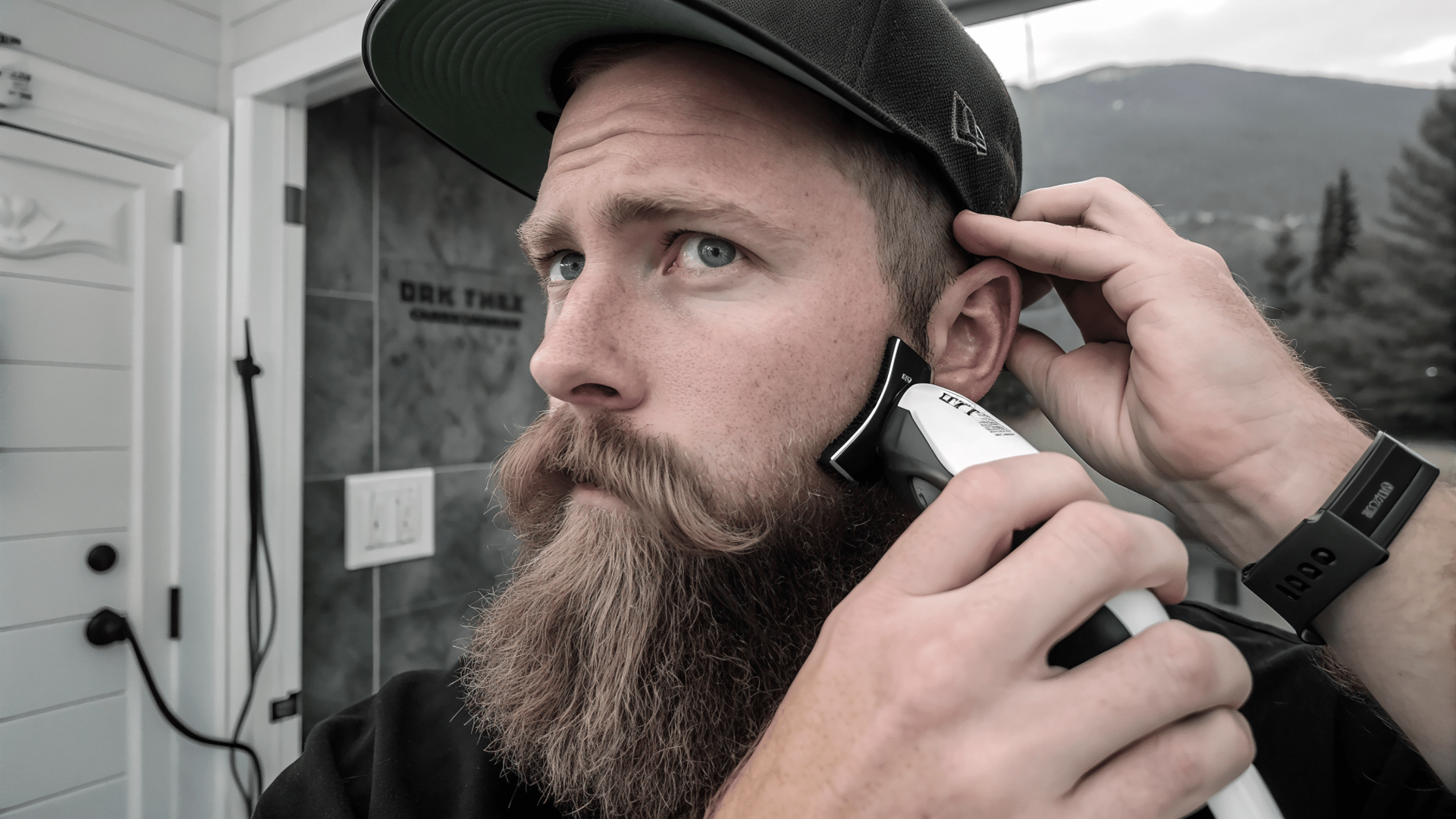
How to Trim Sideburns
Sideburns may seem like a small part of your hairstyle, but they can dramatically affect your overall appearance. Learning how to trim sideburns correctly is crucial for a polished, symmetrical loo...

Tousled Cut: The Ultimate Guide to Effortless Hairstyles
The tousled cut is a versatile, textured hairstyle that adds movement and personality to hair without appearing overly styled. Loved by men and women alike, it can range from a soft, layered pixie ...

